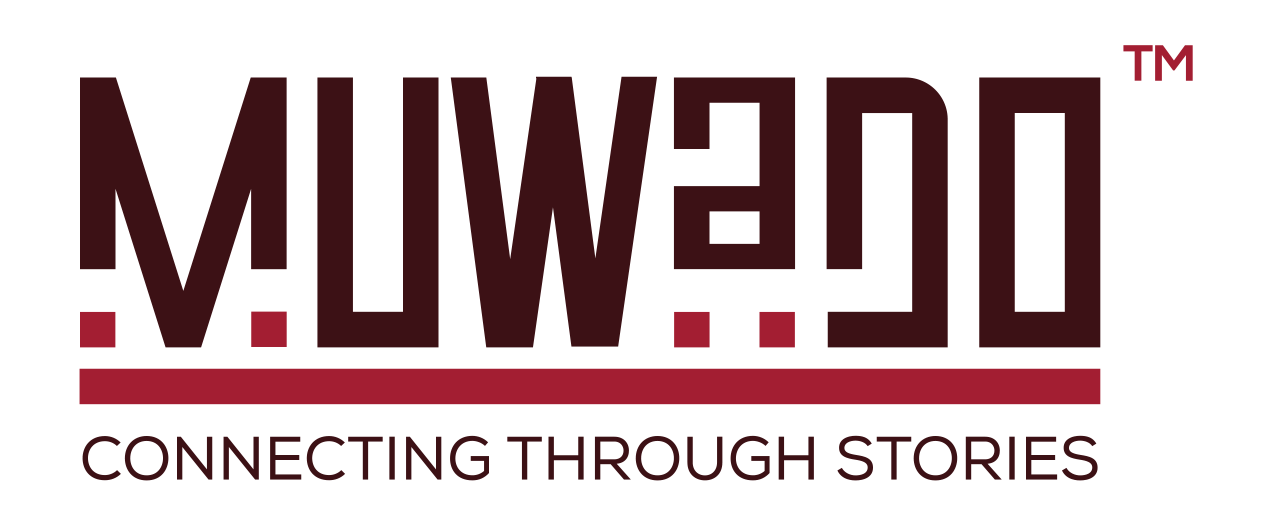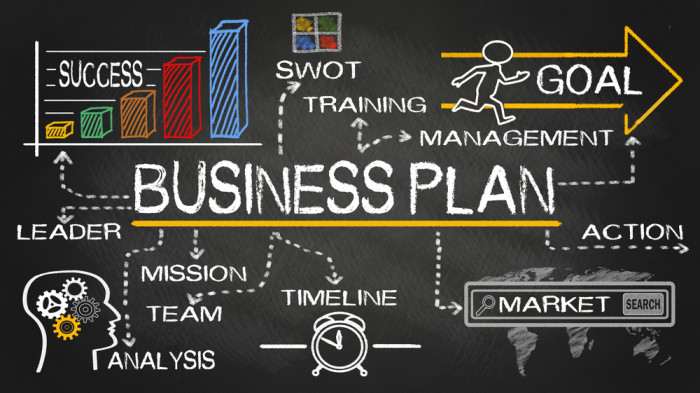Recently, I was discussing with some friends about businesses and the need for planning. I decided to write down some of the things I have leant and that I look out for in a business plan to prepare a business to succeed.
Section 1: Customer Target Analysis
A. Customer needs; what problem do they face, what do they want to achieve?
B. Customer characteristics; who is the customer, age, behaviours, sex, location, income level etc.. Try to identify and articulate the factor that is common to all your target customers. The more specific the better.
C. Customer trends; how has your target customer been changing with time in terms of preferences or size or income or location or technology etc?
Section 2. Product Analysis
A. What are you offering?
B. How is it helpful to the customer needs?
C. What qualifies you and your team?
D. What makes your product different?
Section 3. Traction
A. What have you done so far?
B. How did you start? Which section of your target customer did you start with?
C. How many customers have you reached?
D. What have been your sales so far?
E. What partnerships have you got?
F. Any other relevant achievements: eg trainings, acquisitions of equipment, awards, recognitions, pivoting done etc?
Section 4. Competitive analysis
A. Who are your major competitors?
B. What gap is still there in the market?
C. What advantages do you have over them?
D. What disadvantage do you have?
E. What do you have that will make you stand out?
F. How can your business withstand copy cats?
Section 5. Marketing strategies
A. How will your targets know about you eg social media, festivals, radio, tv, etc?
B. How many people are you likely to reach via these channels?
C. How will you convert those into paying customers; eg promotions, offers?
D. What message is your marketing containing that will attract a customer?
E. What is the cost of acquiring one customer?
Section 6. Distribution strategy
A. How will the customer get your product: delivery, find it in a supermarket, pick from your shop etc?
B . How will the customer pay for your product? Cash, MM, credit card?
C. What are the terms of payment? On delivery, on order, after order?
D. Who receives the payment?
E. What is the cost of distribution? Who observes this cost and how?
Section 7. Growth strategy
A. What is your starting point in terms of location, product, product features, customer numbers?
B . How do you intend to grow: via adding products? Services? Locations? More customer numbers? Will you maintain the same product and add more numbers or more products sold to the same number of people or both?
Section 8. Income
A. What is the customer paying for?
B. How much is each customer paying?
C. What are your target sales per year, per month, per week, per day, per hour?
D. What are your target customers per year, per month, per week, per day, per hour?
E. What are your different ways your company makes money? Do you have one revenue stream or there are many? What are the targets per revenue stream?
Section 9. Expenses
A. What equipment do you need to purchase?
B. What are you spending on regularly to make your product or service?
C. What are your daily, weekly, monthly, annual expenditures?
D. What are you spending most on? What can you do to reduce these expenditures while maintaining product quality?
Section 10. Break-even and profit
A. How much do you have to sell to cover your expenses? Daily, weekly, monthly, annually?
B. What is your break-even point?
C. What is your profit per unit? Per product? Per service?
NB: This is a section that trips businesses up. They usually expect to become profitable immediately yet the reality is that customer patterns are different. When new to the market, your sales will be initially low hence your costs are going to be more than your income. You need to do projections of realistic beginning sales numbers and how they are going to increase with time up to the point where your sales will begin to cover your expenses i.e. breakeven point. This may take days or weeks or months or years. You need to have enough external resources at hand to cover your projected expenses until you break even.
Section 11. Contingency plan/ SWOT analysis.
This is an often-ignored part of business planning
A. What are your strengths? What advantages do you have over others?
B. How do you intend to maximise your strengths?
C. What changes are happening in the environment that could be beneficial to you? How do you intend to take advantage of them?
D. What are your weaknesses? What do you lack that could hold you back? How do you intend to overcome this?
E. What changes or conditions are in the environment that could threaten your business? How do you intend to protect yourself against these
F. Despite your best efforts, what are the things that could go wrong? What are you doing to prepare for this? THINK of the most absurd such as a worldwide pandemic that forces you to hide in your house or the djinns from Mombasa taking power.
Section 12. Work plan.
A. What things do you need to purchase to start, to continue or later?
B. Which systems do you need in place now, tomorrow, next year, 5 years from now?
C. Which documents do you need now, today, next month, next year?
D. Which people do you to hire need today, tomorrow, next week?
E. What are your target sales today, tomorrow,…?
F. Who are your target partners today, tomorrow…?
Get all this information and put it in an excel sheet or document as achievable measurable targets with timelines. It should include both action points and financial projections.
Section 13. Fundraising Strategy
A. What resources do you need to start or operate which sales can’t cover?
B. Where will you get this money? Salary, gifts from friends, loans, investment, etc?
C. If it’s a loan, how will you pay back?
D. If gift or investment, how does the other person get rewarded?
A simple starting point I recommend is to develop a word document listing the sections and starting filling in the answers. The business plan is a living document. You need to update it and review it and edit it atleasdt once a month.
This post was created with our nice and easy submission form. Create your post!






